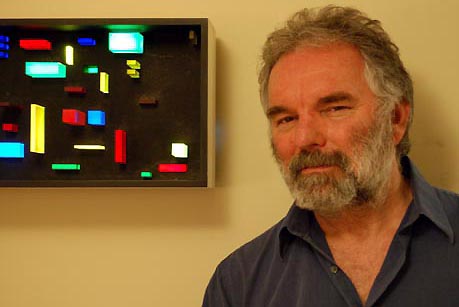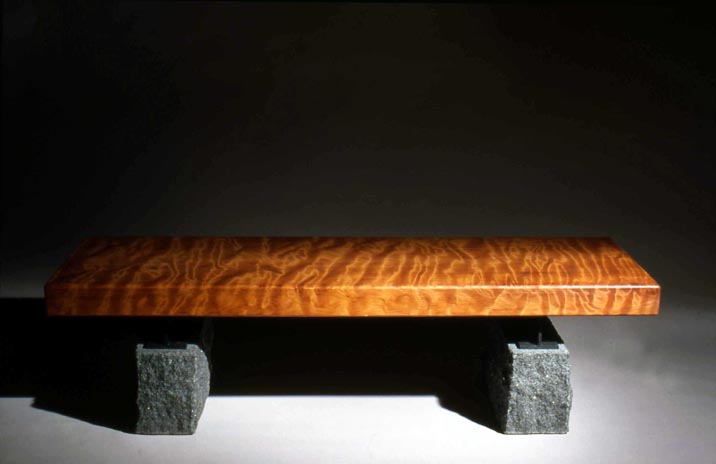Point of View: Glenn Gordon
Glenn Gordon will write on The Look of Things every other month. He'll cover architecture and 3D design issues. Hes been a furniture designer and maker, and a writer on design, art, and craft, for many years.


Glenn Gordon has been a visiting artist, lecturer, and panelist at the School of the Art Institute of Chicago, the Anderson Ranch Arts Center, and Franconia Sculpture Park, among others; he wrote the catalogue for the Pierwalk sculpture exhibition in Chicago in 1999. He’s shown his work in galleries around the country and published his writing on design, sculpture, and craft in many magazines and journals.
Tell us about yourself–
I was born in the Bronx, grew up in L.A., went to Berkeley, where I soon dropped out, staying there, however, through the better part of the sixties to squander my youth before moving to Chicago, where I worked at many biographically colorful jobs on my way to becoming a more or less self-taught designer and craftsman of furniture; a writer and photographer; as well as a sculptor of sorts. The thing that set me on this path was a photograph of a dining table made by the woodworker George Nakashima. From the moment I saw it that day in 1970, the thought of never making things as fine as that was more than I could stand—I had to learn how.
I moved to the Twin Cities about twenty years ago … something about the quality of the light up here. I write widely on woodworking, furniture, craft, industrial design, architecture, sculpture, and photography for national magazines and art journals, and locally for The Rake, Architecture Minnesota, Rain Taxi, and mnartists.org.
What’s the most important aspect of a design project, for you?
The most important aspect is conception, coming to terms with what it is you desire. The first thing is to understand and state the problem clearly, sometimes by framing it as a question. The next is to find, or to open to, an impulse, in the body as well as the head, that offers the beginning of an answer that feels right.
What’s your favorite place in the world?
That is New York, the scene of my childhood, memories of which flood me with a nostalgia that sometimes makes it difficult to think. Next after New York, I’d say Italy. They know how to eat. They speak with their hands. They build beautifully.
Is design communication necessarily culture- or place-specific?
I think the principles of harmonious design are timeless and universal, but they arise from an understanding of nature, whose face is different everywhere. Remorseless globalization is unmooring things, making them placeless—“universal,” all right, but in a disheartening way. You see the same things everywhere, turning every place into no place in particular. In some areas of craft and industrial design, however, the principles of unity, simplicity, balance, grace, economy, democracy, fitness to purpose, are still being expressed in ways that are exquisitely local and ecologically specific. How’s that for begging the question?
.